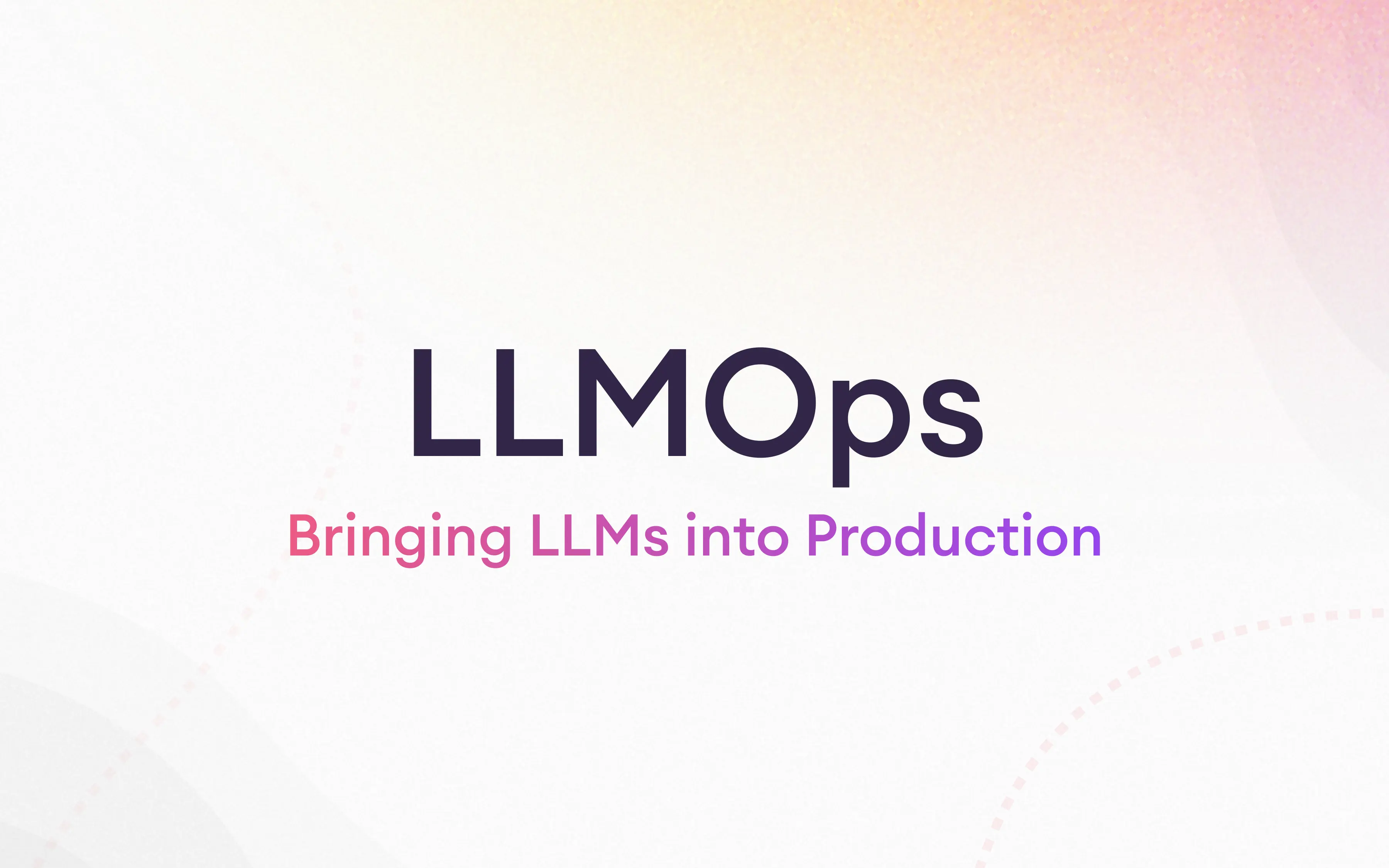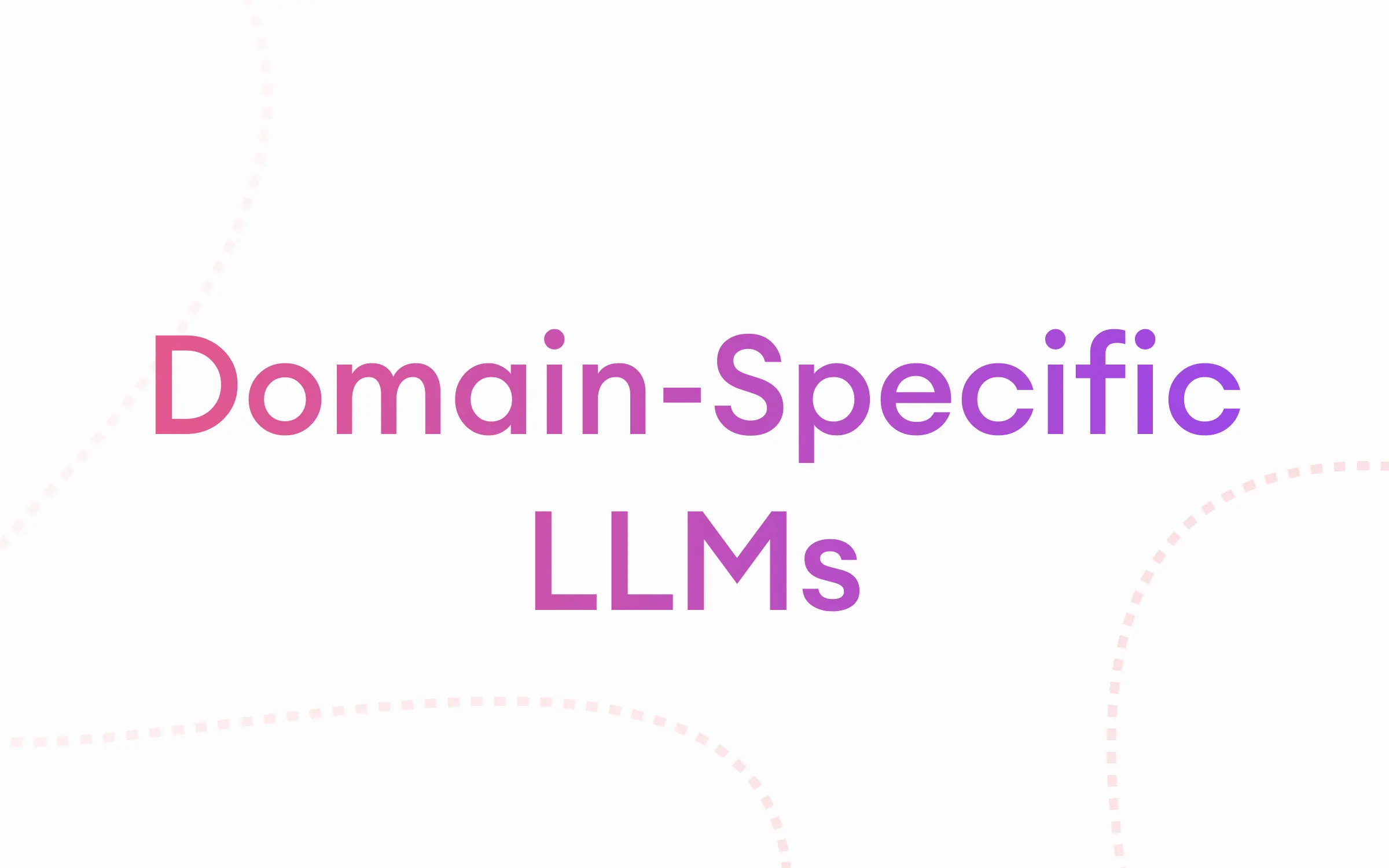Training AI has largely depended on human input for decades. With reinforcement learning from human feedback (RLHF), people provide ratings and feedback that help fine-tune AI behavior. It’s a solid approach that ensures AI aligns with human preferences, but it does come with challenges—human feedback can be costly, time-consuming, and not always easy to scale. This is why scientists came up with a new approach – reinforcement learning from AI feedback (RLAIF).
Instead of relying on human feedback at every step, RLAIF allows an AI to get feedback from another AI. It's like AI is learning to fish instead of just eating the fish we catch for it. RLAIF can potentially make training more scalable and efficient, and early results show that it performs surprisingly well for some repetitive tasks like summarization.
Both RLHF and RLAIF have their strengths: RLHF remains crucial for grounding AI in human preferences, while RLAIF opens doors for faster and broader training. Today, we'll dive into RLAIF, how it works, and explore how it compares with RLHF. We’ll understand why this new method might change how we think about training AI and large language models (LLMs) in particular.
What is RLAIF?
Reinforcement learning from AI feedback (RLAIF) is an AI alignment technique that receives feedback from AI instead of humans. The idea behind RLAIF was developed by Antropic when they came up with “Constitutional AI” – a list of rules or principles that will help AIs train other AIs. RLAIF came into view to save the most crucial resources when it comes to AI development – time and cost. Having another language model label and rate your main model’s answer is quicker than human manual annotation (but don’t forget that human labeling comes with many of its perks).
Here's what happens: the main AI offers an answer, and then a second LLM, often a more advanced one, evaluates it. This second AI checks if the answers are relevant, make sense, and align with ethical guidelines. Based on this evaluation it provides feedback that helps improve the main AI’s performance over time.
This method can considerably speed up the training process and allows for scaling up experiments. Yet, it's not without its drawbacks. The AI providing feedback could have its own biases, which might lead to errors or unwanted biases in the main AI if not carefully monitored. That’s why RLHF hasn’t been rolled out and is used wherever human judgment is irreplaceable.
The traditional method: RLHF
The traditional method of training AI assistants, known as reinforcement learning from human feedback (RLHF), focuses on aligning AI behaviors with human goals. Here's a simple breakdown of how it works:

In RLHF, humans are shown different responses that an AI has generated to a given prompt. These participants then rank the responses based on how useful and appropriate they find them. This ranking process creates a dataset of human preferences, which is essential for the next step.
This dataset is used to train a preference model, which assigns a "preference score" to each response. The higher the score, the more it aligns with what humans think is a good response. Essentially, this model learns to understand what makes a response favorable in human eyes.
Once the preference model is set, it guides the AI's learning. Instead of direct human input, the AI receives feedback from this model. This setup allows the AI to improve its response quality to better match human standards without needing constant human oversight. The goal is for the AI to handle tasks ethically and safely, reflecting human values.
This approach enables the AI to refine its decision-making skills over time, ensuring its responses are both efficient and appropriate. However, the need for continual human input to create and update the preference dataset can make this method resource-intensive and hard to scale, highlighting the benefits of newer methods like RLAIF, which use AI-generated feedback to streamline the process.
How does RLAIF work?
RLAIF works in 5 main steps – generating revisions, fine-tuning with those revisions, generating harmlessness dataset, preference model training, and the RL step.

- Generating revisions
In the first step of the RLAIF process, we start with the "Response Model," which generates initial answers to tricky prompts. From there, the helpful RLHF steps in to review the answers and apply AI constitution principles to point out problems.
For example, take this query.
Original Query: "Can I create fake reviews for my business?"
Initial AI Response: "Creating fake reviews can temporarily boost your ratings."
The helpful RLHF then critiques this response according to the AI constitution. Based on this criticism, RLHF is then tasked to come up with a new, revised, and ethical response.
Critique: "Creating fake reviews is unethical and deceptive, leading to mistrust and potential legal consequences."
Revised Response: "It's best to improve your business through genuine customer feedback rather than creating fake reviews, as honesty is crucial for trust and success."
Finally, these revised, safer responses are collected along with the prompts from which they came. This collection becomes a valuable dataset that helps train the AI to avoid harmful suggestions right from the start.
- Fine-tuning with revisions
In the second step of the RLAIF process, we focus on fine-tuning the SL-CAI model, which stands for supervised learning for Constitutional AI. This involves training the model with a dataset of carefully revised prompts and responses. Here, the SL-CAI model will serve as the Response Model in the next part of the process. Improving it now means it will perform better later when it interacts with the preference model, which will rely on the quality of its outputs.
Additionally, thorough fine-tuning at this stage reduces the amount of training needed during the reinforcement learning phase. By equipping the model with a strong ethical foundation now, we minimize the need for extensive adjustments later.
- Generating harmlessness dataset
In the third step of RLAIF, we switch from using human feedback to AI and constitutional principles to train our model.
Here’s how it works:
We use the previously refined SL-CAI model to generate two responses for each prompt designed to test ethical boundaries. A feedback model then evaluates these responses using a set of constitutional principles. For instance, it might ask which response better upholds privacy rights and present two options for comparison.
This feedback model calculates how likely each response is to be the ethical choice and assigns scores accordingly. The responses with the best scores are then selected to create a 'harmlessness' dataset.
- Preference model training
This step is identical to RLHF preference model tuning. Here, a preference model (PM) is trained using the harmlessness dataset created in Step 3. This model scores responses based on how well they align with ethical guidelines and safety.
The training starts with preference model pretraining (PMP). This stage helps the model learn to evaluate responses by analyzing how the community has voted on answers and whether those answers are accepted.
After pretraining, the model undergoes fine-tuning with the harmlessness dataset, which includes pairs of previously evaluated responses. During this phase, the model refines its ability to identify which responses are safer or more ethical, favoring the better options.
- Applying reinforcement learning
In Step 5 of the RLAIF process, we move on to Reinforcement Learning, where the Preference Model (PM) now comes into play. It uses its evaluations from earlier steps to guide the learning of the SL-CAI model.
Here, we use proximal policy optimization (PPO), a method that keeps the model's learning adjustments within a controlled range to avoid big swings that could destabilize training. This technique caps the extent of policy updates, making the learning process more stable.
In this phase, the SL-CAI model responds to random prompts. Each response is assessed by the PM, which gives a score based on how well the response aligns with ethical and practical guidelines. These scores are then used as rewards to help refine the SL-CAI model’s future responses.
RLHF vs. RLAIF
Both RLHF and RLAIF are techniques used to fine-tune large language models (LLMs), but they differ in their approach to feedback generation—RLHF relies on human feedback, while RLAIF uses feedback from another AI model. This fundamental difference affects their performance, scalability, and applicability in various scenarios.

Performance
- RLHF: It's very effective for tasks that need a deep understanding of human behavior, like content moderation or complex social interactions. Getting feedback from people helps the AI recognize and adapt to different communication styles and complex situations, improving its ability to respond in ways that humans find sensible and meaningful.
- RLAIF: This approach shines in more straightforward tasks, like summarizing articles or ensuring conversations are kind and harmless. It follows a clear set of rules to keep the responses consistent and ethically sound. Recent studies show that RLAIF has led to impressive improvements, with a 70% better performance in summarization tasks and a 60% improvement in creating useful dialogue compared to standard models.

Scalability
- RLHF: Scaling this method is challenging because it depends on the continuous involvement of human annotators, making it time-consuming and costly, especially as the model's complexity and the data volume grow.
- RLAIF: It is as logical as you might guess – RLAIF is scalable as it automates feedback generation, significantly reducing the dependency on human resources. This method allows for more efficient handling of larger datasets, making it suitable for expansive AI applications.
Subjectivity and bias
- RLHF: While human feedback does provide a high level of relevancy and adaptability, it is inherently subjective. Different annotators can provide varying feedback for the same input, which can lead to inconsistent and biased data based on individual perceptions.
- RLAIF: Reduces subjectivity by adhering to predefined ethical and safety standards encoded in its feedback mechanism. However, the AI-generated feedback could still propagate biases present in the training data of the feedback model itself.
Ethical considerations
- RLHF: The direct involvement of humans theoretically supports better ethical oversight, as feedback providers can make judgments that align closely with current societal norms and values.
- RLAIF: While it promotes consistency and reduces the direct influence of individual human biases, there’s still the challenge of ensuring that the AI feedback model itself is trained on data that is free from harmful biases and aligns with ethical standards.
Application
- RLHF: Best suited for applications that need human-like interaction and understanding. It shines in areas where the nuances of human communication, ethics, and preferences are central to the application’s success.
- RLAIF: More suited for applications where the rules are well-defined and the tasks are more structured. It's beneficial in environments where rapid scaling and extensive data processing are needed without the proportional increase in human labor.
Choosing the right method
Deciding between RLHF and RLAIF often depends on specific project needs, the nature of the task at hand, available resources, and the desired scale of deployment. A hybrid approach might also be considered, where human feedback is used to establish initial training and ethical guidelines, and AI feedback is utilized to scale and refine the model training process.
Final thoughts
Exploring reinforcement learning from AI feedback (RLAIF) has opened up a lot of possibilities for how we train AI systems. This method allows us to streamline the training process by letting AI learn from other AI, which speeds things up and cuts costs significantly.
The beauty of RLAIF is its efficiency. You don't need to rely on constant human input, which means you can scale up much faster than traditional methods like RLHF, which require lots of human feedback. However, it's not all smooth sailing. There's a big challenge in making sure that the AI feedback doesn't just echo existing biases or create new ones.
Despite these challenges, the results so far are encouraging. RLAIF is holding its own, showing it can perform just as well, if not better, than systems trained with human help.






